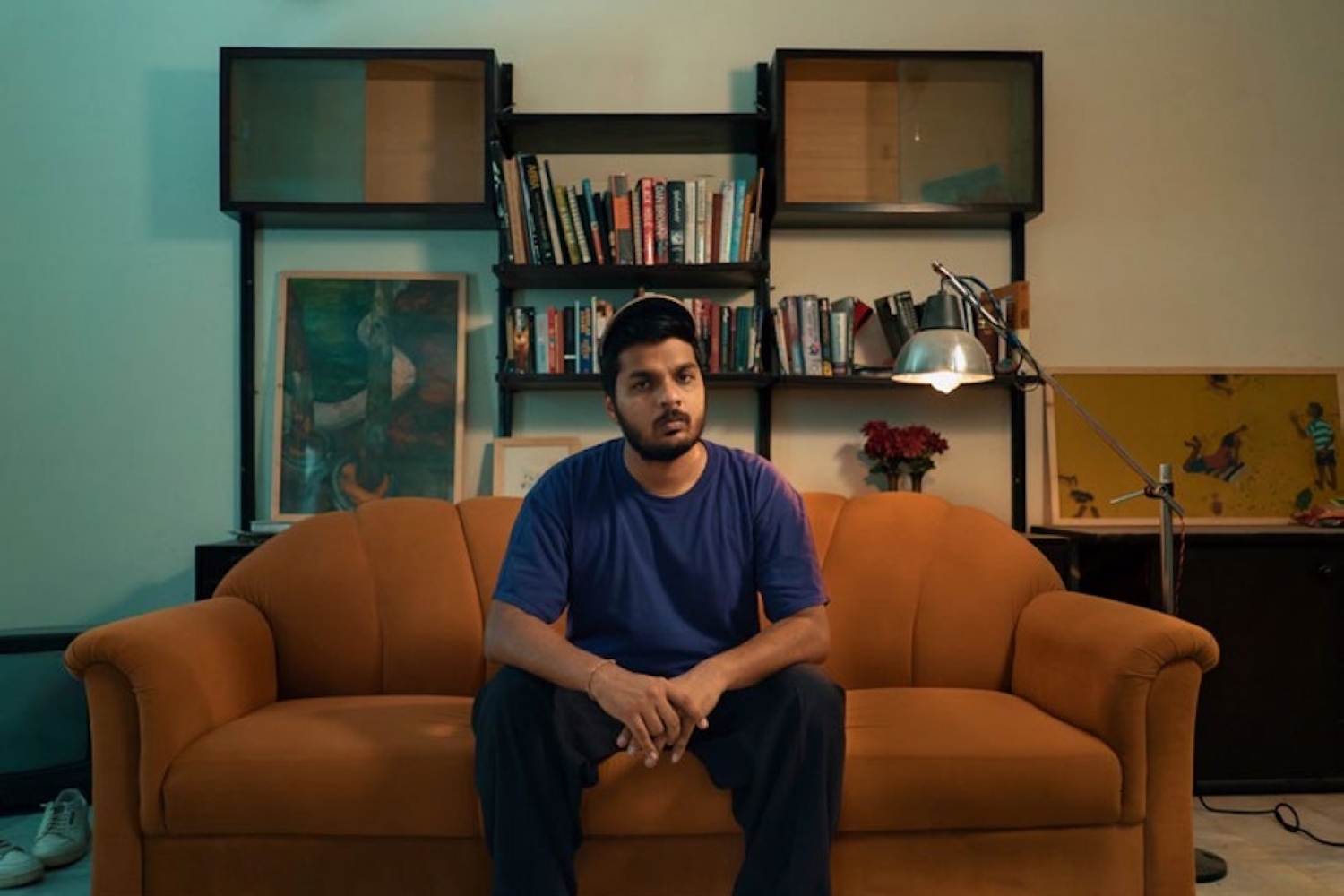

Music evokes excitement for Shashwat Bulusu. He lets his brain build up stories and narratives that eventually morph into songs. And maybe that’s why there’s always inventive auditory, visual and physical aspects in his music. However, stress also accompanies his process of writing, “Coupled with the anxiety of what could eventually happen to the song,” he tells us. So Shashwat actively tries to detach himself from the songs as soon as possible. “It’s fun nonetheless.” His latest work is an a-side/b-side record called Aabad. It is his debut Hindi release featuring two tracks, Aabad and Charkha, that act as a call and response to each other. The former draws on hope and freedom of better days to come, while the latter is a reminder of persever- ance, grit and dedication one needs to get to the better days. The songs are pure magic. To know more, we delve into the artist’s mind below:
AABAD AND CHARKHA
In my head, Aabad and Charkha are two characters in conversation. Both are going through a tough time. Aabad is wishing for better times, although its way of getting there is just based on sheer hope. Charkha responds to this and says the only way to get better is through blind and sheer hard work and keeping at it. For me, they’re like two people trying to intellectualise their bad times in a drunken stupor.
AUDITORY, VISUAL AND PHYSICAL ASPECTS
The songs are like a diptych. While one song is quite detailed and ornate, with different elements adding different colours to the piece, the other is bare and simple, almost like an underpainting or a sketch. Even though they’re starkly different, they only make sense as one.
THE INSPIRATION
It’s really difficult for me to find inspiration. I usually tend to write music like it’s a job. So I try to write at least one new song every week where I try to incorporate whatever narrative I have going on in my head. I think most inspiration comes to me when I step away from writing for an hour in the middle of a writing session.
THE VOICE
I’ve focused more on restraint this time around. I’m trying to keep a healthy balance between something that’s minimal, and within the same song, trying to achieve something maximal — as opposed to filling up the song from start to end or just letting it be empty. I think it’s a little more focused on my voice, not necessarily the lyrics but using the voice like an instrument.
THE CREATIVE PROCESS
Aabad was a song I invariably ended up writing in my head when I was trying to fall asleep at night. When I realised I had a structure in my head, I just started addinginstrumentation. Charkha became the morning song. The melody kept playing in my head during my morning routine once I’d wake up or have a bath. And similar to Aabad, once I felt confident, I brought in the instrument — in this case, the guitar — to make the song tangible.
WORLD-BUILDING
I’m not really sure how it’ll turn out after this. I don’t know what could be the arch for my music. I do hope I could tie this into whatever world-building I’d end up doing in the long run with my music.
This article is an all exclusive from our July EZ. To read more such articles, follow the link here.
Text Hansika Lohani Mehtani
Date 13-07-2022